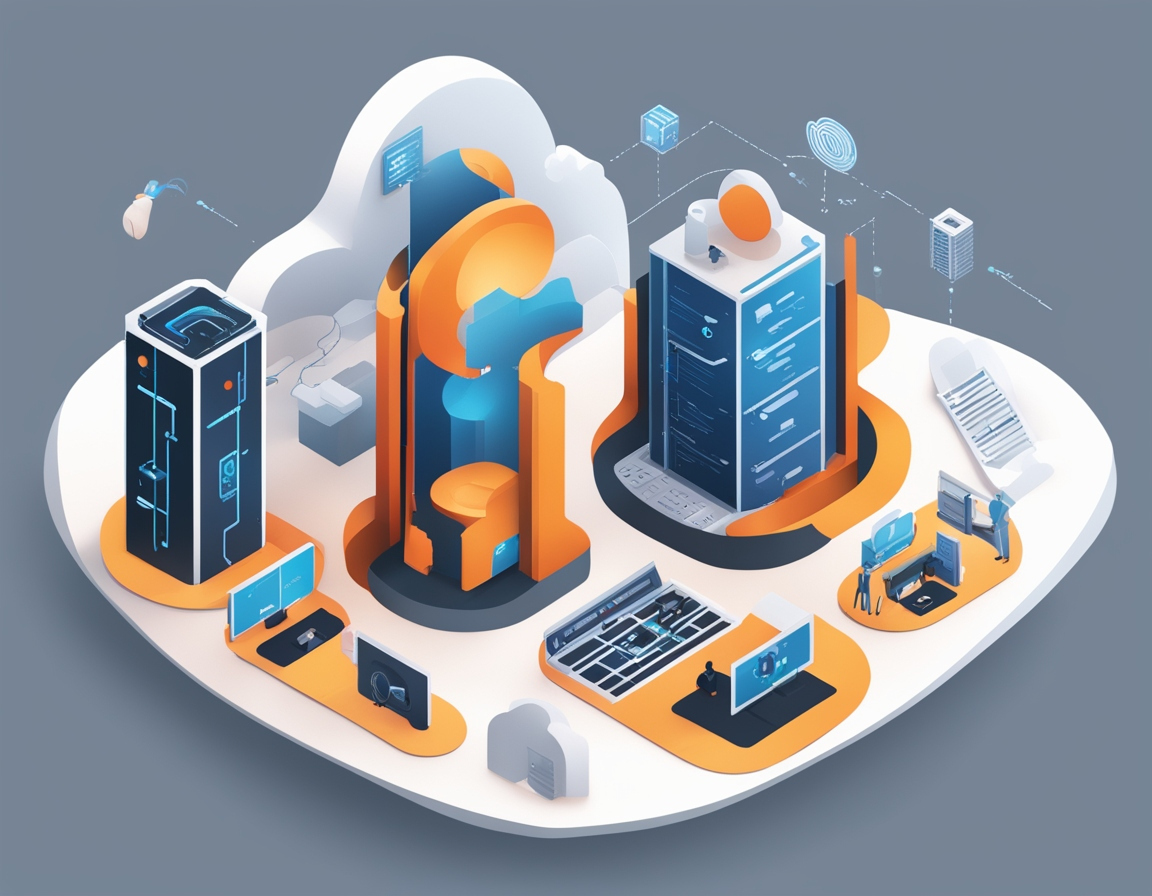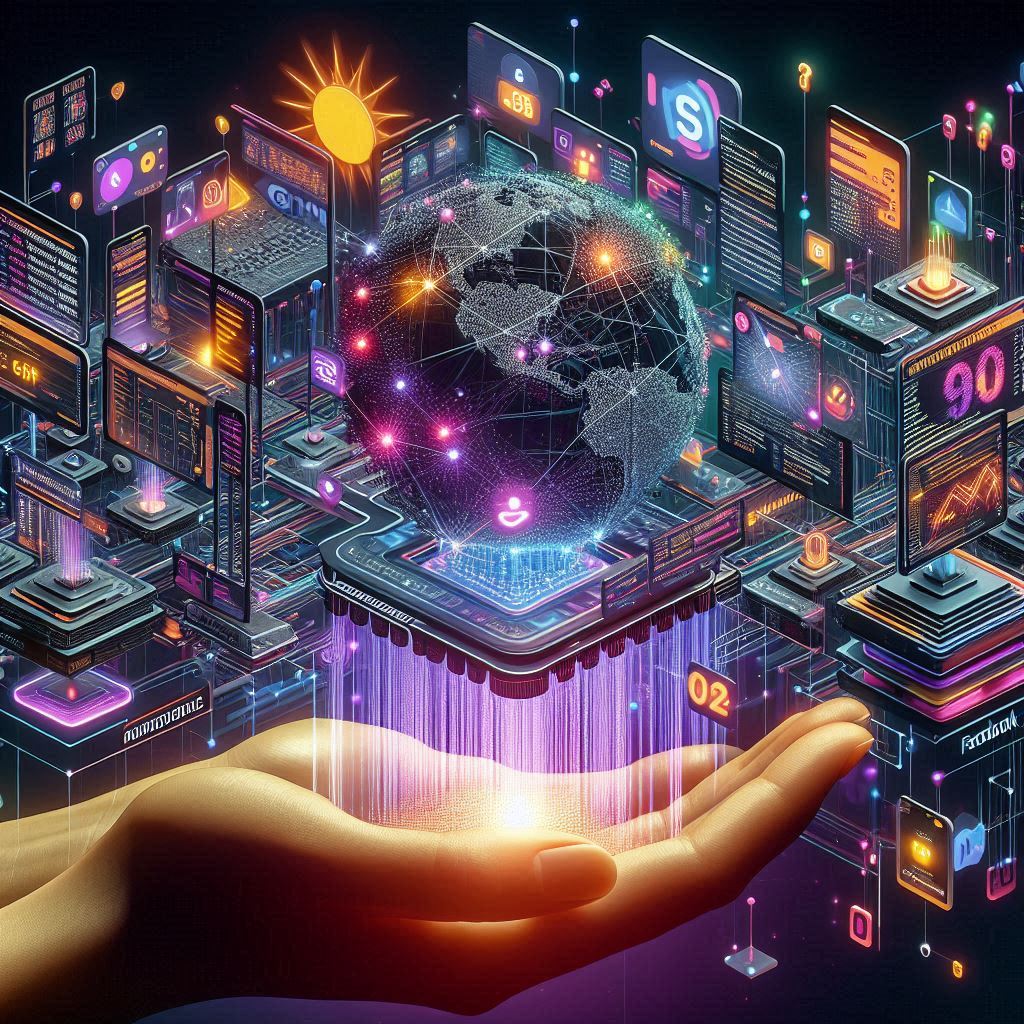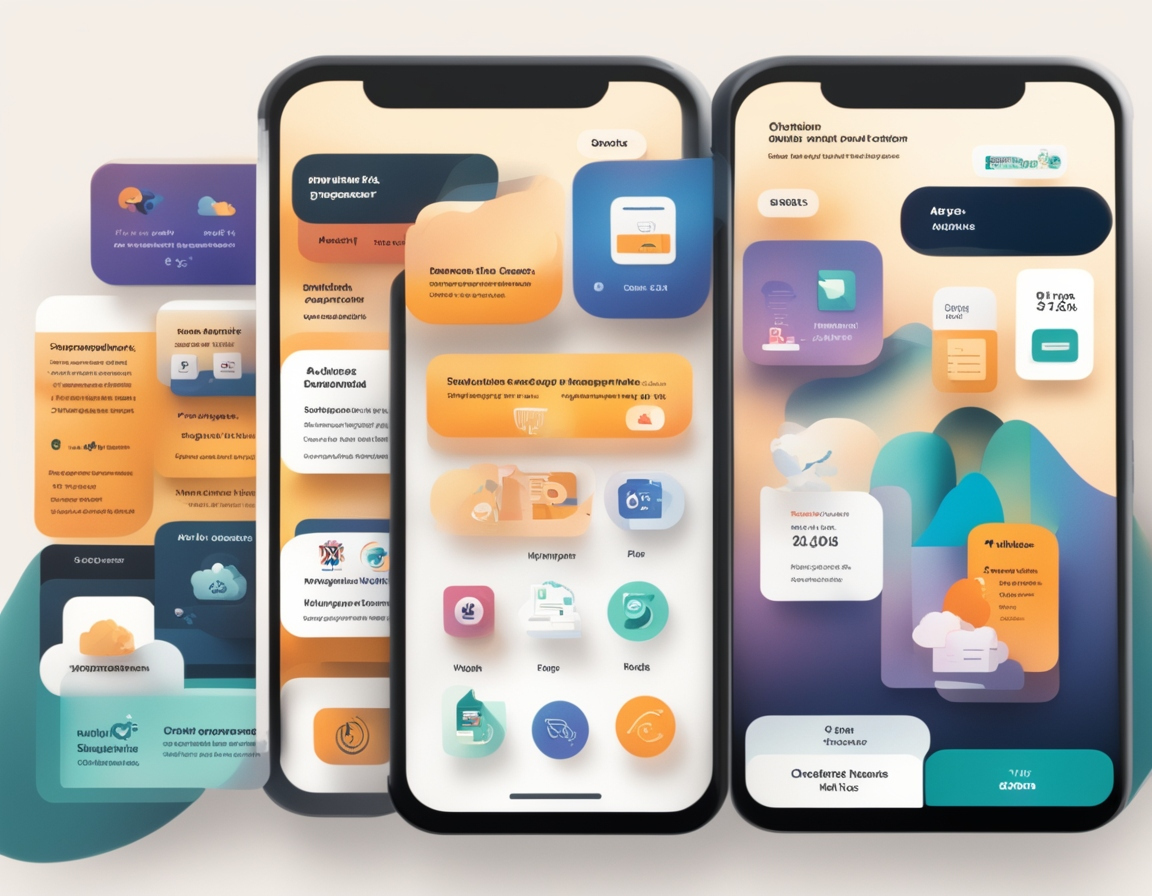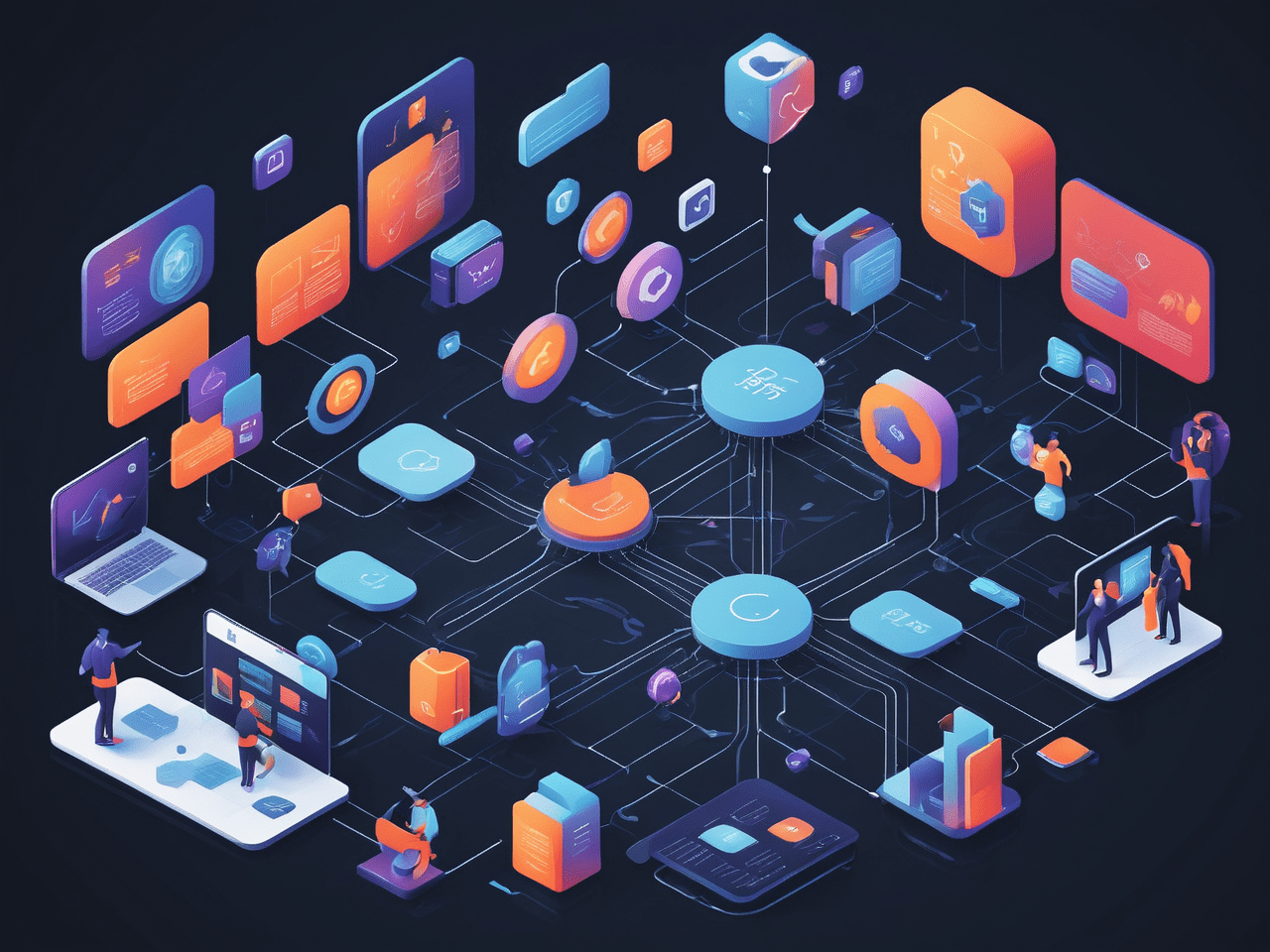The Cutting Edge of Web Application Development: What To Expect in 2024
Explore the latest 2024 web app development trends: PWAs, serverless, AI, security, WebAssembly, and more. Stay updated and ahead in tech innovation!
Join the DZone community and get the full member experience.
Join For FreeWeb application development is one of the most swiftly evolving domains, impressively transforming the given face of cyberspace. As we progress into the year 2024, numerous progressive trends and technologies are emerging, which integrate novel fields for developers and businessmen to explore their talent. This blog will present thoughts on the newest trends regarding the creation of web applications, and provide an outlook into how these advancements are set to revolutionize the way we build and use web applications.
Progressive Web Apps (PWAs) Gain Momentum
PWAs have been in the market since 2015, but 2024 will mark the year when PWAs will emerge as applications. By combining some elements from both internet and mobile apps, the PWAs make the users of those apps feel like they are using some sort of application in the browser. Some of the features of the online platforms are offline access: users can access information from a platform regardless of their network connection; push notifications; and the ability of the platform to load very fast even on slow networks.
This rise is due to the growing backing of PWAs from large browsers and operating systems coming to support this technique. They assist companies in maintaining a consistent look and feel of the web application across businesses and gadgets while not providing a native application for every platform. Some companies like Twitter and Starbucks have benefited a lot of benefits through the PWAs they have adopted and that has helped improve customer engagement and even the rates of retention.

Serverless Architecture Becomes Mainstream
Serverless architecture is changing how web applications are developed and deployed. It also assists the developers in maintaining their primary concentration on writing applications with the cloud providers seen as responsible for scaling, management, security, and related tasks. Compared to the conventional approach, peripheral coupling also enhances scalability and performance besides cutting expenses on operationalization.
Some of the major players that are currently dominating the field of serverless computing are; AWS Lambda, Google Cloud Functions, and Microsoft Azure Functions. In 2024, we expect that there will be even more extensive use of serverless solutions with certain directions concerning microservices and events. As such, more cycles of development will be completed much faster than before and resources will be utilized optimally.

AI and Machine Learning Integration
Web apps are more reliant on Artificial Intelligence (AI) and Machine Learning (ML) compared to recent decades. These technologies make it possible for the applications to encompass values, capture and execute tasks in addition to furnishing wise advice. It is forecasted that the two technologies of AI and ML will be tightly interwoven by 2024.
AI-integrated powered tools are the new trends to be adopted by developers for supplementing user interfaces and improving search and visual analysis and the trend of predictive analysis is on the rise. For example, intelligent and automated sales chatbots and virtual personal assistants are increasingly implemented due to the ability to offer prompt help and improve customer experience. Moreover, Machine learning algorithms have been employed in understanding the behavior of users which enables business entities to develop products that suit individual needs and enhance customer experience.

Enhanced Security Measures
Security has therefore emerged as an important aspect to consider as there is continued access to the internet and the advancement of cyber attacks. In 2024, implementing better forms of security that deal strictly with issues of maintaining clients’ confidentiality and security is evident. Some of the methods that are employed include Multi-Factor Authentication (MFA), encryption, and practicing secure coding standards among others.
Additionally, there is the Zero Trust Architecture (ZTA) emerging as a common principle. ZTA operates under the notion that threats could be internal or external; it therefore always and continuously authenticates users and devices. The end product is there are fewer chances of instances whereby third parties get full access to or infiltrate the web application security making web applications safer than before.
WebAssembly Revolutionizes Performance
WebAssembly is a revolutionary term when it comes to the issue of high-performance Web applications. WebAssembly is the binary instruction that is used to run the code on the web browsers nearly at the pace of native code execution. This makes it possible for developers to write the core portions of an application in a resilient language such as Rust, C++, or C, before compiling to the web assembly for execution in the browser.
WebAssembly will continue to grow in popularity in 2024 to reach 50% compared to current usage for highly demanding applications such as games, video editing, or other forms of data visualization. When this technology is applied, improved and dynamic web environments can be created by the developers since the various web technologies do not have to be coded and hence the speed implications are eliminated.

Low-Code and No-Code Platforms
The market demands fast application delivery; thus, low-code and no-code environments are increasing. Web app creators allow users with low coding abilities to develop web applications as efficiently as professionals in coding. The application should allow for the easy setup and usage of the platforms since it can be achieved via visual interfaces and with pre-engineered parts, making it easy for them to build their applications effortlessly.
According to Gartner by 2024, adoption rates for low-code and no-code tools are expected to increase and are particularly popular with SMEs eager and planning for the forward advance of DC/DS. As a result, the cost of development and ease of use of web apps are becoming more attainable due to key contributors like OutSystems, Mendix, and Bubble.
![micro front-ends]() The Rise of Micro Frontends
The Rise of Micro Frontends
The use of micro front-ends is an extension of the same as microservices, except that it works on the front-end of a web application and means the breaking down of the front-end web application into pieces that can work independently. This means that the various parts of the website that make the whole website can be developed and tested in small separate pieces, and can also be deployed in disjointed fragments thereby making it easier to then integrate them all to form one functional website; this makes it easy to implement improvements into scalability features.
This trend has started emerging in 2024 as organizations are focusing on making development efforts more efficient and removing dependencies. There is also the issue of presentation as through the adoption of micro-front ends, teams can work in isolation and therefore, there are quicker cycle times on new functions or improvements. Last but not least, a modular structure of software enables easy repairs and even improvements to be made, since changes made to one of the components will not affect the rest of the application.

Enhanced User Experience With Motion UI
The craze of web application success yet firmly rooted in the ‘user experience’. Motion UI is an interaction-making approach that uses motion in its fluid interface forms. Well-executed animations assist users at the different stages of interacting with the app, signifying the interactions made as well as effectively engaging the users.
In motion UI, the movement of elements is pre-planned and in the year – 2024, this may be taken to a new level in web applications. For instance, a Framer Motion and GreenSock Animation Platform or GSAP provides developers with robust solutions for creating synchronized, highly active application interactions that enhance application usability and produce positive emotional effects on users. As such kinds of applications get more complex or extensive, they become more interactive and perhaps even more visually stimulating.

GraphQL for Efficient Data Handling
GraphQL offers revolutionary ways to handle data in web applications. Unlike most REST APIs, you don’t have to request all data at once and then filter the needed one where you have to request too little and not enough either. This means faster and more effective and now particularly for rich and complex apps' data cache.
As per the experts, significant numbers of new applications will adopt GraphQL in the year 2024 because of the flexibility and performance results offered by the technology. Some of the familiar names that are already on GraphQL include Facebook, GitHub, and Shopify; with others following suit. GraphQL enables software developers to build websites that perform well, and those who adopt it can now help others achieve that.
Sustainable Web Development Practices
Lowering the impacts of web applications on the climate has appeared as a critical factor in rendering web applications sustainable very recently since environmental issues are being addressed today. In 2024, climate change impacts of web applications introduce new challenges that ASN Communiquer can face in this field. It needs the coding of the application to be optimized, low resource consumption, and green hosting providers.
There are also new energy-efficient algorithms that are being developed by several developers who already follow good practices when it comes to making efficient resources in each design. The web development community’s focus on sustainability is helping to promote a more sustainable global internet.
Web application development has been rapidly changing its face probably at a rate that cannot be matched by any other aspect of software development and this has been arising from two factors namely technological advancements and ever-sophisticating users. So to meet the market demand and keep up the relevancy in 2024 developers and businesses who envisage retaining competitiveness have no other way out but to integrate these emerging trends and technologies.
Mentioned below are trends in web applications that are going to define its future: PWA, Serverless architecture, AI & ML in web, better security measures, Web assembly, Low-code and no-code, Micro front-end, Motion UI, GraphQL, and Sustainable web. In this way, by following the advances in them and applying the changes accordingly to the developers’ works, it is possible to continue creating perfect web applications that can become a significant step to achieving business success due to the excellent UX.
Opinions expressed by DZone contributors are their own.



Comments